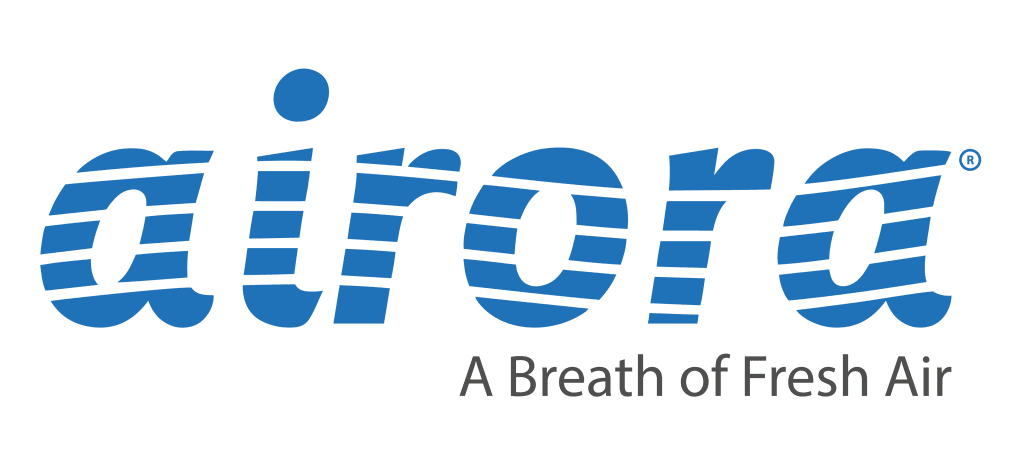Hospitals, Clinics, Dentists, Urgent Care, Surgery, Orthopedic & Rehabilitation and Mental Health
Healthcare associated infections are a worldwide challenge
The incidence of HAIs (Hospital Acquired Infections) in Australia has been estimated to be circa 165,000 per year.[1]
For every 31 hospital patients in the US, one will have at least one healthcare associated infection.[2]
700 types of pathogen(6) can be found in dental plaque, including bacteria from the respiratory tract, all of which can potentially be released into the air.[3]
In the US, 5% of all patients develop an infection while in hospital.[4]
WHO report that for every 100 hospitalised patients, an average of 7 in high-income and 10 in middle-income countries develop HAIs.
Future-proof your defences
Healthcare benefits
Staff protected
Covid has demonstrated the dangers that staff face during an infectious outbreak, and the resulting resource challenges even after extensive precautions have been taken.
Airora protects staff from both airborne and surface contamination during all types of infectious outbreak.
Reduced cross infections
Given the variety of conditions, and the number of patients they treat, hospital acquired infections (HAIs) are a continuing threat to patients and staff alike.
Airora decontaminates all of the air and surfaces, providing real-time protection against all types of pathogen.
Improved air quality
Medical facilities in urban areas face high levels of outdoor air pollution contaminating the air indoors.
Airora breaks down or neutralises all common VOCs, irritants and allergens, providing clean, safe air for everyone.
Airora is NOT an air filter; it is a 24/7 whole-room air and surface sanitiser that is 1,000+ times more effective than improved ventilation or any type of filter.
Fast-acting
The UK’s SAGE committee assessed in-room air filters and concluded that, irrespective of type, they all take more than an hour to achieve a limited reduction in airborne (and no reduction in surface borne) pathogens.
Airora’s molecular cascade reaction creates a real time person to person protection against airborne infection and kills all types of airborne pathogen throughout a room in minutes.
Patient reassurance
The reputation of your healthcare facility depends on positive patient experiences and patient satisfaction, as well as outcomes.
Deploying Airora’s cutting-edge technology can help you win the trust of patients, their families, and staff, by ensuring everyone feels safe and protected.
Low energy and whisper quiet
Until recently, healthcare facilities have struggled to even modestly improve their infection defences by increasing ventilation and have typically fallen back on employing noisy, large, in-room air ‘filters’.
Airora provides continuous protection, while being low energy, whisper quiet and people-safe.


